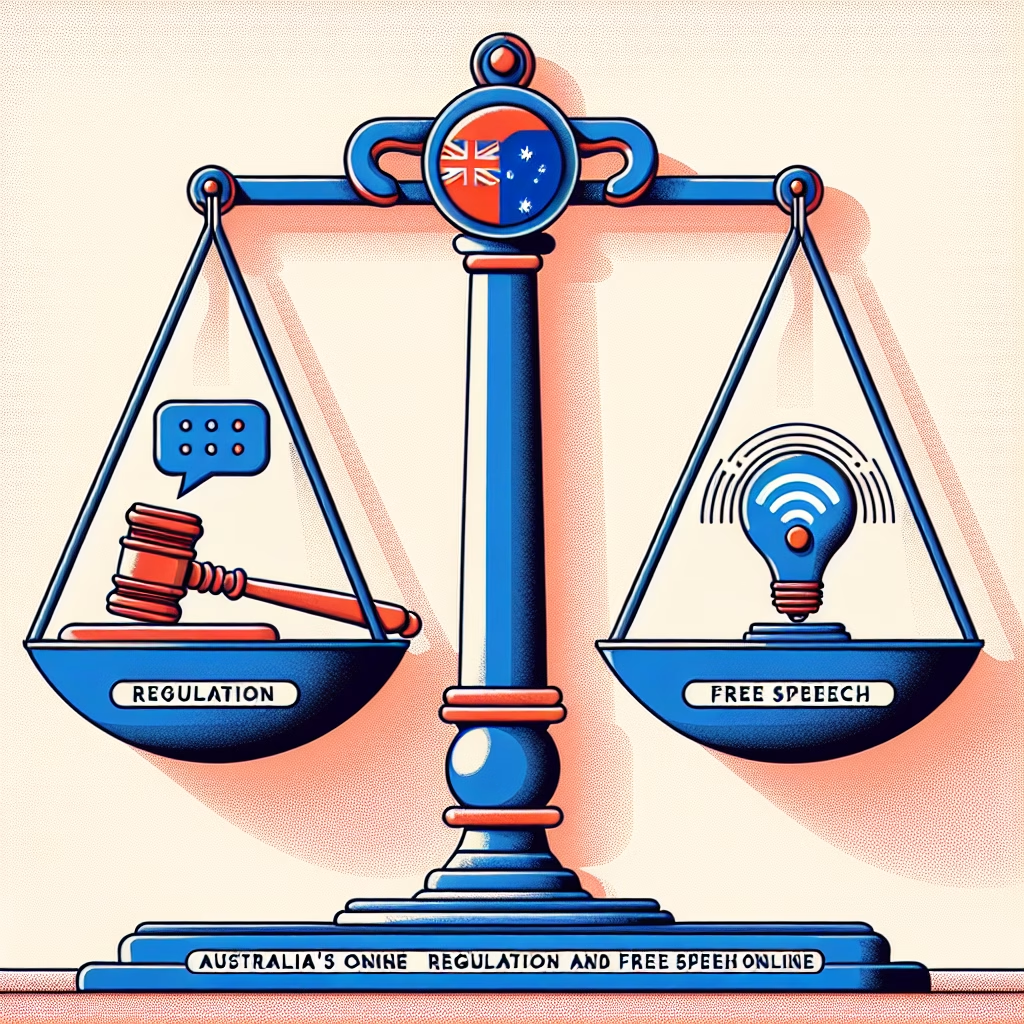Summary:
The Australian Online Harms Bill represents a significant legislative effort to regulate harmful online content, balancing safety concerns with free speech protections. Proposed by the Australian government, the bill aims to combat cyberbullying, hate speech, and misinformation while raising questions about censorship and digital rights. This article explores the implications of the bill for internet users, its alignment with human rights principles, and the broader debate over government intervention in online spaces. Understanding this legislation is crucial for Australians navigating evolving digital freedoms and legal responsibilities.
What This Means for You:
- Increased Content Moderation: Social media platforms and websites may enforce stricter moderation policies to comply with the bill, potentially limiting controversial or harmful posts. Users should familiarize themselves with platform guidelines to avoid penalties.
- Legal Risks for Online Speech: The bill could criminalize certain types of speech, such as cyberbullying or misinformation. Seek legal advice if uncertain about the legality of your online communications.
- Advocacy Opportunities: Engage with policymakers and digital rights organizations to voice concerns about overreach or support for stronger protections. Public consultation periods are key moments for influence.
- Future Outlook or Warning: If passed, the bill may set a precedent for stricter internet regulation globally. Critics warn of potential chilling effects on free expression, while proponents argue it is necessary for public safety.
Australia’s Online Harms Bill: Balancing Regulation and Free Speech Online
Introduction to the Online Harms Bill
The Australian government’s proposed Online Harms Bill seeks to address growing concerns over harmful digital content, including cyberbullying, hate speech, and misinformation. Modeled partly on international frameworks like the UK’s Online Safety Act, the bill introduces stricter obligations for tech companies to remove harmful material swiftly. However, critics argue that vague definitions of “harmful content” could lead to over-censorship, infringing on free speech rights under international human rights law.
The Political and Legal Context
Australia has a history of stringent internet regulations, such as the controversial News Media Bargaining Code and the eSafety Commissioner’s powers. The Online Harms Bill builds on these precedents, reflecting bipartisan support for digital safety measures. However, civil liberties groups warn that the bill’s broad scope may disproportionately impact marginalized voices and journalists reporting on sensitive issues.
Human Rights Implications
Freedom of expression is protected under Article 19 of the International Covenant on Civil and Political Rights (ICCPR), which Australia has ratified. The Online Harms Bill must navigate tensions between protecting users from harm and upholding this right. Legal experts suggest that narrowly tailored definitions and judicial oversight are essential to prevent misuse.
Key Provisions and Controversies
The bill proposes:
- Mandatory takedowns of harmful content within 24 hours.
- Heavy fines for non-compliant platforms.
- New oversight powers for the eSafety Commissioner.
Critics highlight risks of automated censorship and lack of transparency in decision-making. Meanwhile, advocates stress the need to protect vulnerable groups, particularly children, from online abuse.
Comparative Perspectives
Similar legislation in the EU (Digital Services Act) and the UK emphasizes proportionality and accountability. Australia’s approach, however, is seen as more punitive, raising concerns about its alignment with global human rights standards.
Conclusion
The Online Harms Bill represents a pivotal moment in Australia’s digital policy. While it aims to create a safer online environment, its impact on free speech remains contentious. Stakeholders must weigh the benefits of regulation against the risks to democratic discourse.
People Also Ask About:
- What constitutes “harmful content” under the Online Harms Bill? The bill defines harmful content broadly, including cyberbullying, hate speech, and misinformation. However, exact thresholds remain unclear, leading to concerns about arbitrary enforcement.
- How will the bill affect social media platforms? Platforms like Facebook and Twitter may face stricter moderation requirements and penalties for non-compliance, potentially altering their content policies for Australian users.
- Does the bill violate free speech rights? Legal experts debate this; while the bill targets genuine harms, its vague language could suppress lawful expression. Judicial review mechanisms may be critical to safeguarding rights.
- What can individuals do to influence the bill? Australians can participate in public consultations, contact their MPs, or support digital rights organizations advocating for balanced legislation.
Expert Opinion:
The Online Harms Bill reflects a global trend toward regulating online spaces, but its success hinges on precision and accountability. Overly broad definitions risk undermining free speech, while targeted measures could enhance safety without stifling dissent. Policymakers must engage with technologists and civil society to strike this balance effectively.
Extra Information:
- eSafety Commissioner: Australia’s regulatory body for online safety, which will play a central role in enforcing the bill.
- Australian Parliament House: Track the bill’s progress and submit feedback via official parliamentary channels.
Related Key Terms:
- Australia Online Harms Bill free speech implications
- Cyberbullying laws Australia 2024
- eSafety Commissioner content regulation
- Internet censorship Australia human rights
- Australian government online safety legislation
Edited by 4idiotz Editorial System
*Featured image provided by Dall-E 3





